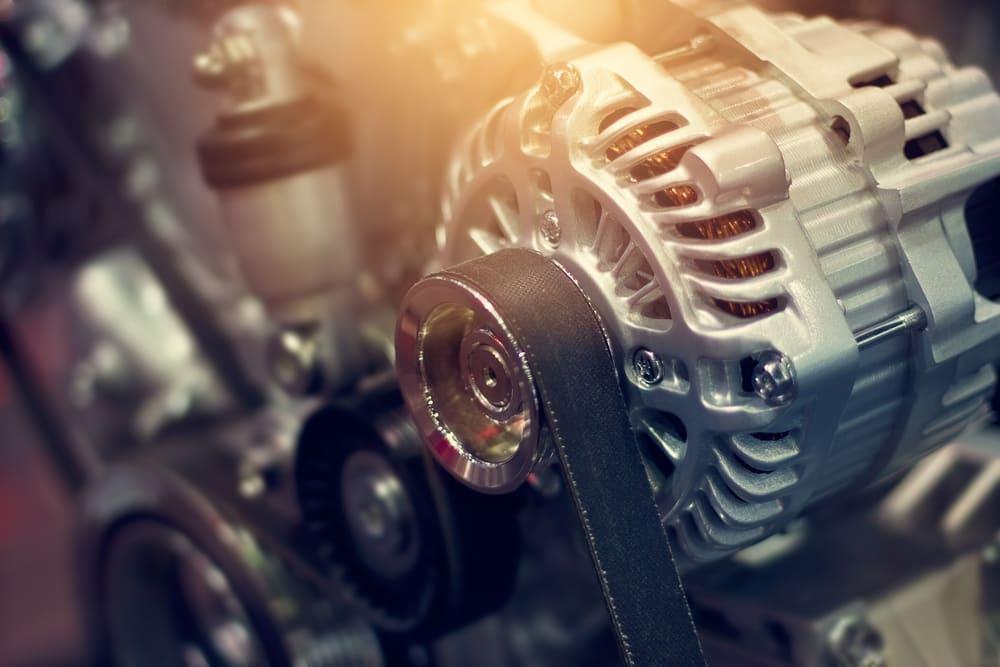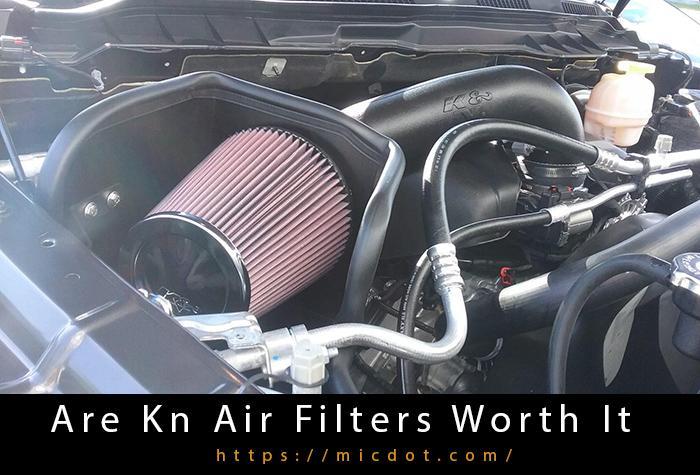Drivers need to know RPMs or revolutions per minute because they tell them when to shift gears. This is also a good way for drivers to see how much their engines are working. When you’re behind the wheel, it might be dangerous to experience sudden changes in RPM. If my RPM fluctuates while driving, what is the reason for it? There are four main reasons why your engine’s revolutions per minute (RPM) fluctuate. As a result, there is a wide range of problems that might occur in the engine. You’ll want to correct each one since you need to stop those fluctuations.
We’ll go over all four of the most common causes of fluctuating RPM while driving in this article. This way, you’ll know where to look and how to fix the problem so that you can get back to regular RPM..
You Are Watching: RPM Fluctuates While Driving: 4 Most Common Reasons Updated 04/2024
Is there anything else we need to know before we get started?
Old and blown-out spark plugs
Your car’s RPM may change if your car’s spark plugs have blown out. With older vehicles, this is a common issue. If the spark plug is dirty or worn out, the RPM will fall or increase.
A broken spark plug can cause excessive vibration, sluggish acceleration, poor fuel efficiency, starting difficulties, engine misfires, and a strong gasoline smell from the exhaust pipe.
If you notice any of the following symptoms, in addition to the engine running rough, you should get new spark plugs right away.
In order for a car to generate energy, the fuel-air mixture must be ignited by an electric spark from a vehicle’s spark plugs. Typically, a spark plug has a life expectancy of 100,000 miles.
Solution
If the problem is with the spark plugs, they’ll need to be replaced shortly. Changing a bad spark plug in your car is easy if you follow these steps.
You’ll need to look for the blown-out spark plug first. It is common to find the spark plugs in the cylinder head, which is located directly above the cylinder combustion chamber. Cylinder heads can be found in a variety of positions in different engines. This means that your spark plugs may turn up in unexpected places.
Remove the engine-safety ignition coils and wires after you’ve located the faulty cylinder.
The cylinder’s upper surface will be home to the spark plugs when they are installed. Take a picture of them and then separate them so that you can restore the new ones properly.
Read More : Wyoming Rest Areas Overnight Parking Updated 04/2024
Make a fresh set of spark plugs by removing the worn out ones and making a new set. Make that the new spark plugs are the same size as the old ones before installing them.
Finally, before securing the spark plugs and threads, spray them with lubricant. A new set of ignition components can now be installed in your vehicle.
Failing Crankshaft Position Sensor
If your car’s RPM varies while you drive, another possible problem could be the crankshaft position sensor. Attached to the engine block, this sensor looks at the synchronization rotor on the engine’s crankshaft. The ECU uses this information to calculate the crankshaft position and flow rate of the motor. The engine crankshaft rotational speed (RPM) as well as its precise location are both monitored by this device. Consequently, the RPM may change if the crankshaft position sensor is damaged. Stalls, long crank times, engine sounds, and difficulties starting the engine are all possible consequences of this condition. Fortunately, replacing a crankshaft sensor that has failed is a simple process.
To be sure, it’s a good idea to look over it to check if there are any broken pieces or rusty connecting pins.
Solution
The crankshaft position sensor in your car must be repaired in order for the engine management system to get accurate data (ECU). In the event that you’ve never diagnosed a car before, you must take your vehicle to a mechanic. However, if you prefer to do it yourself, follow these steps: Before repairing the crankshaft position sensor, you should unplug your car’s battery. Using this method, you may safeguard your car’s electronic panel against harm. The crankshaft position can be determined by consulting your car’s owner’s manual. Vehicle to vehicle, this can vary widely. Cars with crankshaft position sensors that are located near the primary pulley may also have sensors located near the gearbox ring case or the engine’s combustion chamber. The crankshaft position sensor can be found by removing the wire connector. The crankshaft position sensor may be controlled and removed with this tool. Before you remove the sensor, take a picture of it so you can reinstall it. It’s time to replace the sensor, so unplug it. Reconnect the electrical harness in the same location as before. As soon as you’re certain it’s firmly in place, you can reconnect the power and recheck your crankshaft position sensor. When driving, if the sensor was the problem, your RPM would not fluctuate as much as it used to.

Engine Vacuum Leakage
A vacuum leak in your engine could affect your car’s RPM. Engine compartment leaks are the most common sort of leak.
In addition to your RPM varying rapidly, a loud hissing, loss of power, bad fuel economy, check engine light illumination, vehicle pausing, and rough idle are all signs of a vacuum leak that you should look out for.
Solution
It’s impossible to notice a vacuum leak on your own, as opposed to the other two circumstances described above. Take your car to a mechanic who specializes in vacuum leaks.
Vacuum leaks can lead to serious car problems if they aren’t corrected quickly. A car accident can be perilous, too, if you’re behind the wheel.
Failing Idle Air Control Valve
Read More : What’s An Aftermarket Tow Package? Updated 04/2024
Another common cause of your car’s RPM fluctuation is a defective idle air control valve. The engine’s idle speed must be maintained at a tolerable level via the control valve. The control valve will not function properly if it has a fault.
Because of this, the RPM may fluctuate. Symptoms of a bad idle air control valve include rough idling, the check engine light, and sluggish performance.

Solution
The following steps describe how to fix a faulty control valve. If you don’t have the knowledge or conviction to inspect the vehicle, you can hire a professional technician.
To begin, get out of your car and turn off the engine. Additionally, the place should have enough space and lighting. Automobile repairs and replacements are best done in a garage. After removing the battery, give the vehicle some time to cool down.
Idle air control valve troubleshooting. You may check the IAC valve by using an OBDII scanner or by looking at the RPM. The best technique to find out if the control valve is malfunctioning and what’s causing the problem is to look at the RPM.
To fix the problem, the next step is to identify and fix the control valve. It is common for automobiles to have a control valve located next to or in the intake manifold. Consult the owner’s manual if you’re unsure. If you find the valve, remove the wire harness.
Disconnect the control valve and wash it with care when it has been unplugged. In some situations, the valve may malfunction due to buildup of debris and carbon. In order to completely remove dirt and carbon, use a cleaner, a spray, and a clean towel. – Any residual liquid can be absorbed by the cloth.
If the idle air control valve doesn’t work after cleaning, disconnect it and install a new one. In this case, the IAC valve needs to be replaced. After installing a new control valve, replace the serpentine belt and the battery. If the RPM has returned to normal, you can now check.
Summary
There are four common reasons why RPM changes. If you do feel it while driving, don’t be alarmed; it only occurs at specified times and places. To begin with, you’ll need to figure out what sparked the volatility in the first place.
Idle air control valve failure is one of the four most common causes of engine failure. If you’ve seen the issue, you’ll be able to properly follow the procedures outlined in this article to fix it.
Finally, keep in mind that there are a handful of flaws with this topic that can be resolved with a few simple measures. You may, however, run into more complicated issues that necessitate the services of a professional to resolve. If this happens to you, don’t hesitate to bring your vehicle to a mechanic.
Sources: https://micdot.com
Category: Car










